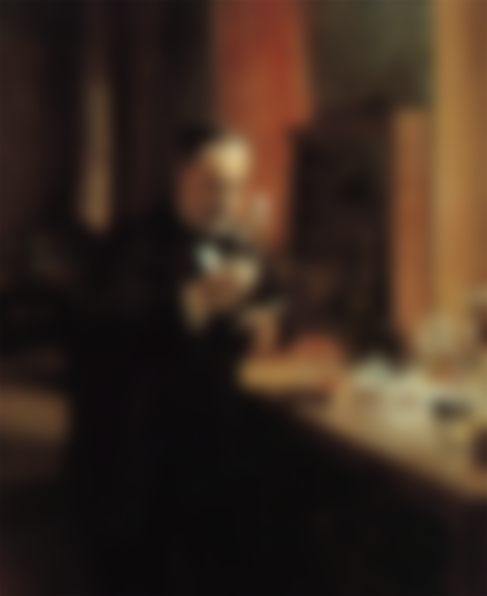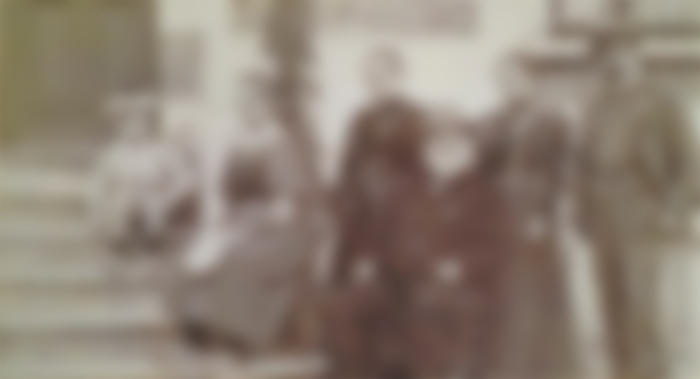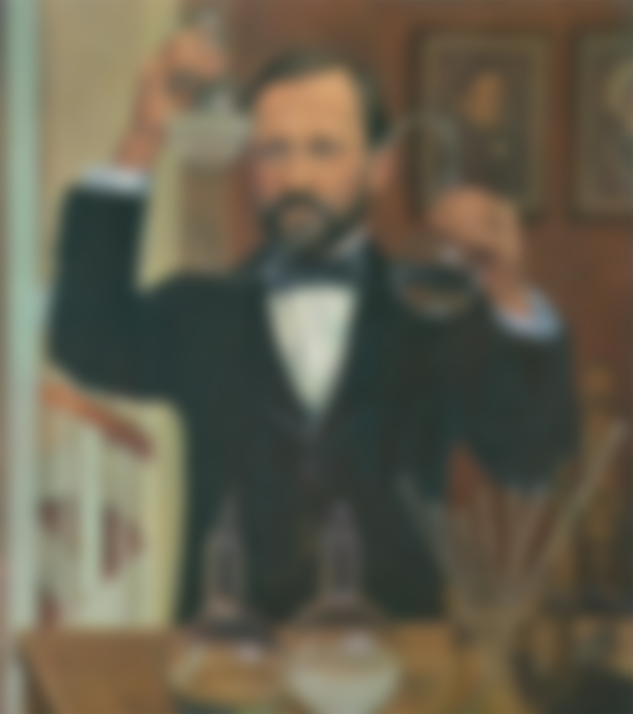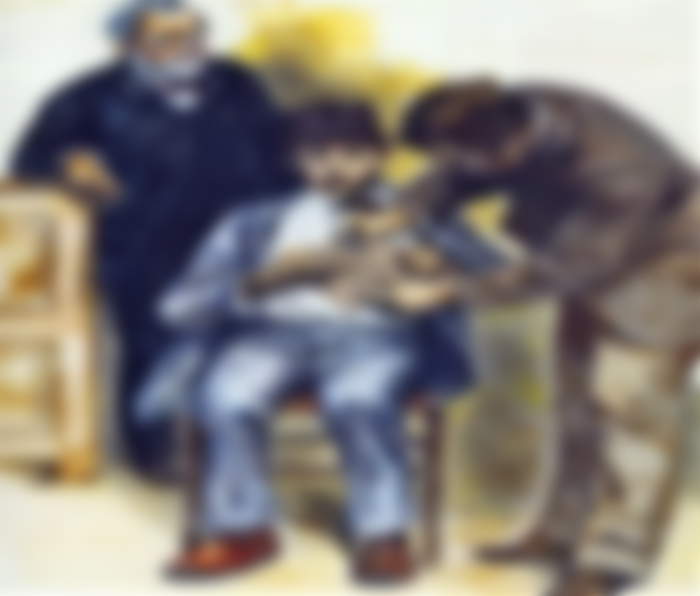Louis Pasteur - a man to whom many owe health
On December 27, 1822, one of the greatest scientists of all time was born - Louis Pasteur.

He was one of the founders of microbiology and a modern way of treating and preventing disease. According to him, today it is called the process of pasteurization - processing of foods that prevents their spoilage. Louis Pasteur discovered that microbes are responsible for acidifying alcohol and devised the process of pasteurization, where bacteria are destroyed by heating drinks and then cooling. His work in germ theory also led him and his team to create vaccines for anthrax and rabies.

He grew up in the city of Arbois, and his father Jean-Joseph Pasteur was a tanner and sergeant decorated with the Legion of Honor during the Napoleonic Wars. An average student, Pasteur was skilled in drawing and painting. He obtained a degree (1840) and a degree in science (1842) from the Royal College of Besançon and received his doctorate (1847) from the École Normale in Paris.

Pasteur then spent several years researching and teaching at the Dijon Lycée. In 1848 he became professor of chemistry at the University of Strasbourg, where he met Marie Laurent, the daughter of the rector of the university. They were married on May 29, 1849, and had five children, though only two survived childhood. Three of his children died of typhus, which probably motivated him to deal with infectious diseases. He proved experimentally that fermentation and diseases are caused by microbes, without them occurring spontaneously.
The first major contribution to chemistry
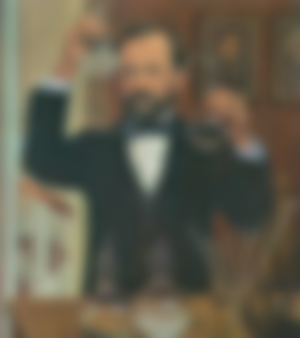
In 1849, Pasteur tried to solve the problem of the nature of tartaric acid - a chemical found in the sediments of fermenting wine. Scientists have used the rotation of polarized light as a means of studying crystals. When polarized light passes through a solution of dissolved tartaric acid, the angle of the plane of light is rotated. Pasteur noted that another compound called paratartaric acid, also found in wine sediments, has the same composition as tartaric acid. Most scientists have assumed that the two compounds are identical. However, Pasteur noted that paratartaric acid does not rotate flat polarized light. He concluded that although two compounds have the same chemical composition, they must in some ways have different structures.
Looking at paratartaric acid under a microscope, Pasteur observed that there are two different types of tiny crystals. Although they looked almost identical, the two of them were actually mirror images of each other. He separated the two types of crystals into two piles and made solutions from each. When polarized light passed through each of them, he found that both solutions rotated, but in opposite directions. When the two crystals were together in solution, the effect of polarized light was reversed. This experiment found that studying the composition alone is not enough to understand how a chemical behaves. Structure and shape are also important and have led to the field of stereochemistry.
Commercial achievements

In 1854, Pasteur was appointed professor of chemistry and dean of the scientific faculty of the University of Lille. There he worked on finding solutions to problems with the production of alcoholic beverages. Working with the germ theory, which Pasteur did not invent but further developed through experiments and eventually convinced most of Europe of its truth, he showed that organisms like bacteria are responsible for the acidification of wine, beer and even milk. He then invented a process in which bacteria can be removed by cooking and then cooling the liquid. The first test was completed on April 20, 1862. Today the process is known as pasteurization.

A change of focus, in 1865, Pasteur helped save the silk industry. He proved that microbes attack healthy silkworm eggs, causing an unknown disease and that the disease will be eliminated if the microbes are eliminated. He eventually developed a method to prevent their contamination and it was soon used by silk producers around the world.
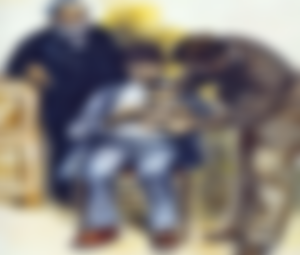
Pasteur's first discovery of the vaccine was in 1879, with a disease called chicken cholera. After accidentally exposing chickens to an attenuated form of the culture, he showed that they had become resistant to the actual virus. Pasteur continued to expand his theory of germs to develop causes and vaccinations for diseases such as anthrax, cholera, tuberculosis and smallpox. Louis Pasteur is considered the founder of vaccine prevention. He also succeeded in this area, giving impetus to the future discoveries of other researchers.
In 1873, Pasteur was elected an associate member of the Académie de Médecine. In 1882, the year he was admitted to the Académie Française, he decided to focus his efforts on the problem of rabies. On July 6, 1885, Pasteur vaccinated Joseph Meister, a 9-year-old boy who was bitten by a rabid dog. The success of Pasteur's vaccine brought him instant fame. This marked the beginning of an international fundraising campaign for the construction of the Pasteur Institute in Paris, which was inaugurated on November 14, 1888.
Death

Louis Pasteur experienced a stroke at 45 years, after which he became invalid. The scientist did not move his hand and his leg, but the man continued to work hard. In addition, the microbiologist was often exposed to dangers during the experiment, which is why the family was worried about his life.
The great scientist died on September 28, 1895 by complications after several stroke. At that time Louis Pasteur was 72 years old. First, the remains of the microbiologist were based in Notre Dame de Paris, and then were transferred to the Pasteur Institute.
During his life, the scientist received prizes from almost all the countries of the world (almost 200 orders). In 1892, the French government handed over the medal for the 70th anniversary of the microbiologist with the signature of the "benefactor of mankind". In 1961, the crater on the moon in honor of Pasteur, and in 1995, the brand was issued with a figure of scientists in Belgium.
Today, more than 2,000 streets carry the names of an exceptional microbiologist in many countries of the world: USA, Argentina, Ukraine, Iran, Italy, Cambodia, etc. In Sankt Petersburg, there is a research institute for epidemiology and microbiology called by I. Pasteur.
